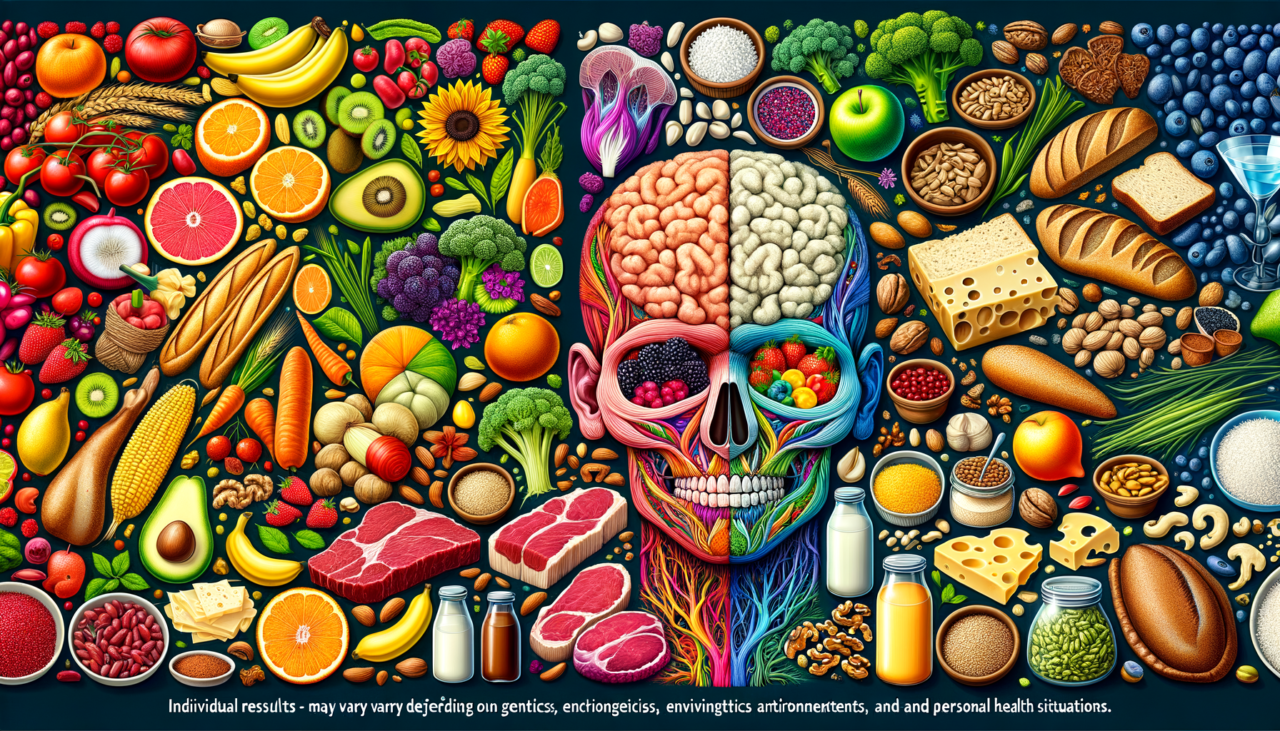In the world of nutrition and health, understanding the differences between various dietary approaches can be daunting. Two popular choices that often come up are the Bioactive Diet and the Traditional Diet. Each has its own set of principles, benefits, and drawbacks. In this article, we delve into the key characteristics of both diets, providing a detailed comparison to help you make an informed choice.
What is the Bioactive Diet?
The Bioactive Diet focuses on the inclusion of bioactive compounds—naturally occurring chemical compounds found in foods that impact health beyond basic nutrition. These compounds, such as flavonoids, carotenoids, and polyphenols, are believed to contribute to the prevention of various chronic diseases and promote overall well-being. The Bioactive Diet emphasizes:
- Whole Foods: Prioritizing unprocessed, natural foods rich in bioactive compounds.
- Fruits and Vegetables: High consumption of colorful fruits and vegetables for their potent bioactive properties.
- Functional Foods: Incorporating foods like nuts, seeds, and fermented products that offer additional health benefits.
- Personalized Nutrition: Tailoring diet plans to individual health needs and conditions.
- Sustainability: Encouraging eco-friendly and sustainable food choices.
What is the Traditional Diet?
The Traditional Diet typically refers to dietary patterns based on historical eating habits of different cultures. These diets are often rich in locally available foods and are passed down through generations. Key characteristics include:
- Cultural Relevance: Diets that are deeply rooted in cultural traditions and culinary practices.
- Balanced Nutrients: Well-rounded meals that balance carbohydrates, proteins, and fats.
- Seasonal Eating: Consuming foods that are in season and locally sourced.
- Minimal Processing: Foods are often prepared using traditional methods with minimal modern processing.
- Diverse Diet: Diverse food intake, often including meat, dairy, grains, and vegetables.
Comparative Table: Bioactive Diet vs. Traditional Diet
| Feature/Aspect | Bioactive Diet | Traditional Diet |
|---|---|---|
| Focus | Bioactive compounds and functional foods | Cultural and historical eating practices |
| Key Components | Whole foods, fruits, vegetables, nuts, seeds | Local foods, seasonal ingredients, traditional methods |
| Health Benefits | May prevent chronic diseases, promotes well-being | Balanced nutrition, supports cultural identity |
| Sustainability | Promotes eco-friendly choices | Depends on local and seasonal availability |
| Customization | Personalized to individual health needs | Generally follows set cultural patterns |
| Processing Level | Minimal, focuses on natural and whole foods | Minimal, respects traditional preparation methods |
| Diet Diversity | High, with an emphasis on plant-based foods | High, includes a variety of food groups |
| Accessibility | May require access to specific functional foods | Generally accessible through local markets |
Characteristics of the Bioactive Diet
- Rich in Antioxidants: The diet is high in antioxidants due to the inclusion of fruits and vegetables, which help combat oxidative stress.
- Anti-inflammatory: Bioactive compounds often have anti-inflammatory properties, potentially reducing the risk of inflammatory diseases.
- Heart Health: Foods like nuts and seeds contribute to heart health by providing healthy fats and essential nutrients.
- Gut Health: Fermented foods included in the diet enhance gut health by promoting beneficial bacteria.
- Potential Drawbacks: Some may find it challenging to maintain due to the need for specific foods rich in bioactive compounds.
Characteristics of the Traditional Diet
- Cultural Connection: Deeply connects individuals to their heritage and cultural identity through food.
- Nutrient-Dense: Provides a balanced intake of essential nutrients through a variety of foods.
- Simplicity: Relies on simple, time-tested cooking methods and recipes.
- Community Aspect: Often involves communal eating and sharing, reinforcing social bonds.
- Potential Drawbacks: May not always align with modern dietary recommendations or address specific health concerns.
Conclusion
Choosing between the Bioactive Diet and the Traditional Diet depends on individual health goals, lifestyle, and personal preferences. The Bioactive Diet offers a modern approach with a focus on functional foods and personalized nutrition, while the Traditional Diet provides a deep connection to cultural roots and balanced nutrition. Both diets have their unique advantages, and understanding these can help you make a more informed dietary choice.
Whether you prioritize the health benefits of bioactive compounds or the cultural richness of traditional foods, both diets offer pathways to a healthier lifestyle.

Comments (0)
There are no comments here yet, you can be the first!